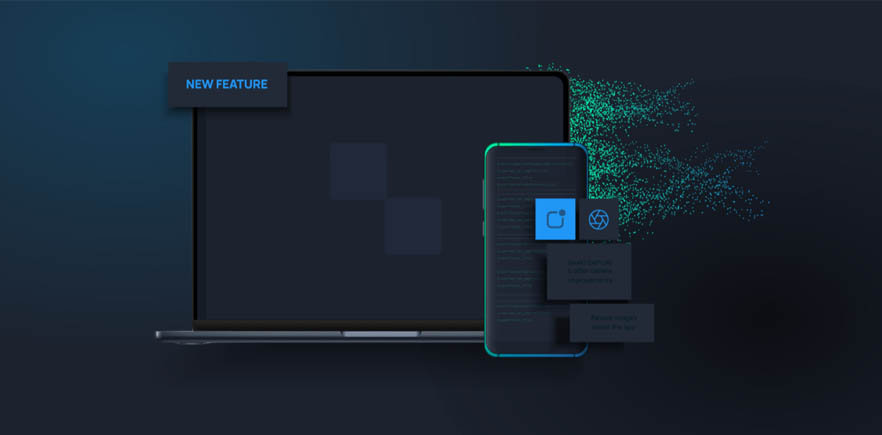Image size and aspect ratios play a crucial role in creating captivating visuals for your website or other marketing materials. The right dimensions ensure your images look sharp and professional. In a world dominated by visuals, mastering image sizing and aspect ratios is a small effort for a big impact.
Image size refers to the dimensions of an image, usually measured in terms of width and height. It tells you how big or small the picture is in terms of pixels or other units of measurement. For example, an image might be 1920 pixels wide and 1080 pixels tall, which is commonly known as “1080p’resolution.
Aspect ratio is the ratio of an image’s width to its height. It helps you understand the shape and proportions of the image. For example, an image size of 1920 pixels by 1080 pixels has an aspect ratio of 16:9. The first number represents the width, and the second number represents the height.
In simpler words, image size tells you how big an image is, and aspect ratio tells you the shape it takes.
Remember, each platform has its own ideal dimensions, so adapt accordingly. Due to the different output sizes, parts of images may appear cropped or distorted. Here are some examples of the most common image sizes and aspect ratios used on online car marketplaces based on our research:


Aspect ratio and image size are important factors in online car marketplaces for several reasons:
1. Visual Appeal: High-quality images with the correct aspect ratio and size enhance the visual appeal of a listing, making the cars more attractive to potential buyers. A visually pleasing presentation encourages users to spend more time on the listing and can lead to higher engagement and conversion rates.
2. Accurate Representation: Proper aspect ratio ensures that the images accurately represent the cars without distortion. Distorted images can mislead potential buyers about the car’s actual appearance, leading to disappointment.
3. Consistency: Maintaining a consistent aspect ratio and image size across all listings creates a uniform and professional look for the marketplace. This consistency helps build a brand identity as well.
4. Loading Speed: Optimised image sizes (file size) ensure faster loading times for listings. Slow-loading pages can frustrate users and drive them away from the platform.
5. Mobile Compatibility: Many users access online marketplaces via mobile devices. Properly sized images ensure that listings display correctly and attractively on various screen sizes and orientations.
6. Comparison: Users often compare multiple listings before making a decision. Consistent aspect ratios and image sizes make it easier for users to compare different cars side by side.
7. Trust and Credibility: High-quality, well-presented images contribute to the overall credibility of the marketplace or dealership. Users are more likely to trust and engage with a platform that pays attention to detail and provides accurate representations of the cars for sale.



